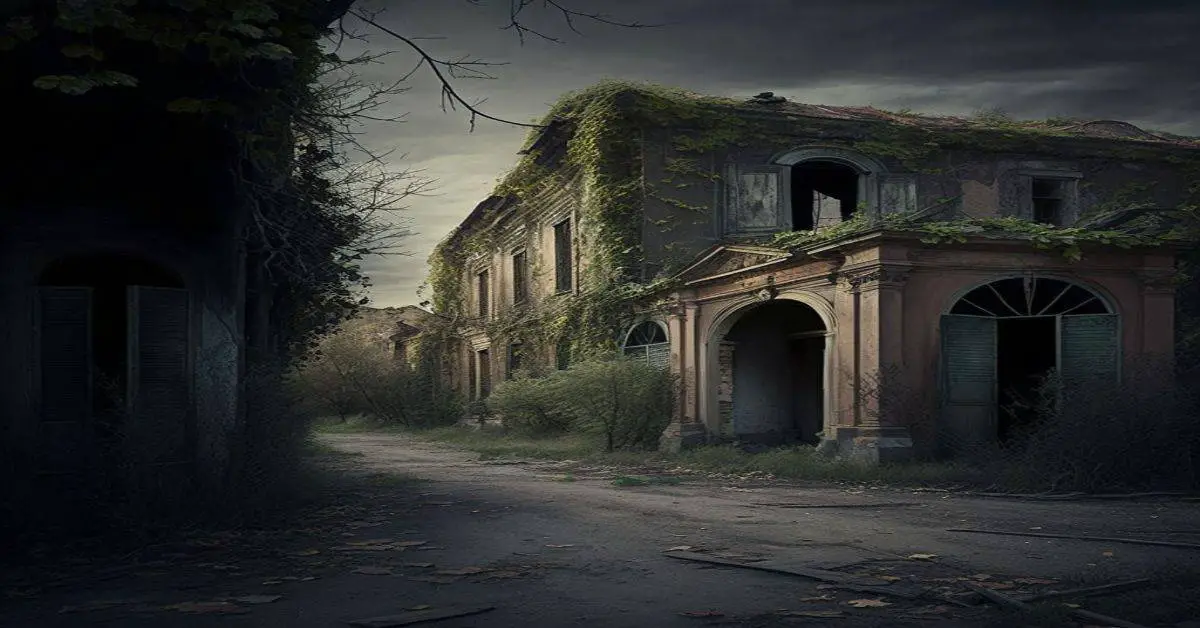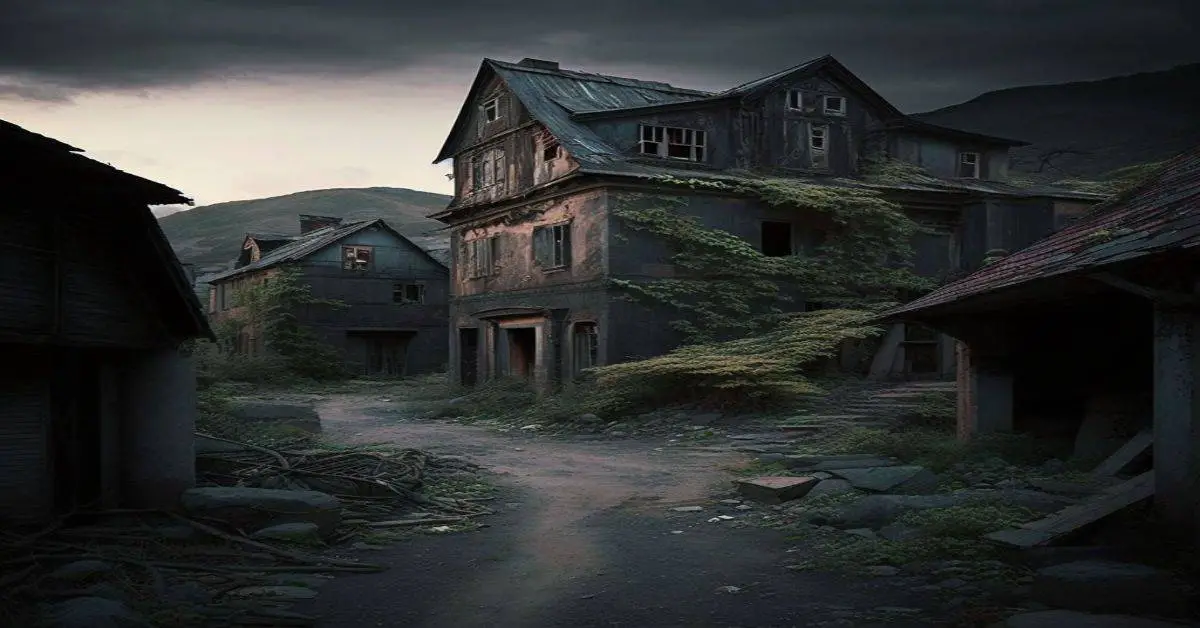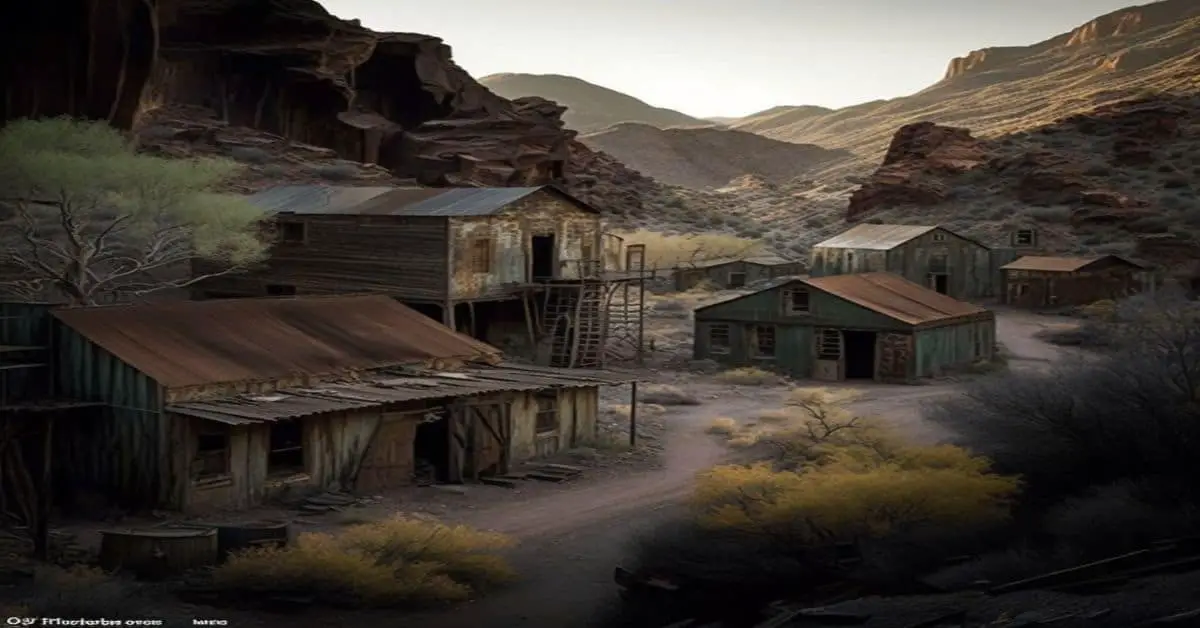In 1846, thousands of settlers left farms and homes behind to travel westward across America. They were looking for new land to farm and gold to mine. Many died during their journey, but those who survived settled in places like Laramie County, Wyoming.
Here they built cabins and dug wells. These early buildings still stand today and provide visitors with a unique look at life in the Old West.
These abandoned mining towns transport you back to the 1800s when the Wild West was still wide open and dreams of a brighter future were powered by hard work.
Kirwin, Wyoming
The Kirwin Ghost Town State Historic Site is located just off Highway 14/16, east of Meeteetse, Wyoming. Established in 1894, Kirwin boasted over 40 structures, including a schoolhouse, hotel, bank, post office, church, cemetery, blacksmith shop, saloon, doctor’s house, jail, dance hall, and several homes.
After a devastating winter storm in 1907 killed three men, the community dwindled until only seven families remained at the turn of the century. Today, visitors enjoy hiking through the ruins of the former mining camp and exploring the surrounding meadows and prairies.
Kirwin was once a thriving community located near present-day Uintah County, Utah. Today, only ruins remain of its former existence. These include remnants of a cabin, a hotel, small log buildings, and mining equipment.
Grand Encampment Copper District, California
In 1892, miners discovered copper ore at today’s Battle Mountain site near Lake Tahoe. After the initial excitement died down, many left the area. Today, only a few structures remain from those early days. One is the old Battle Mine Office building in Encampment, California. Built in 1907, its original purpose was to serve as a post office and telegraph station. Nowadays, the building is a museum displaying local historical artifacts.
Dillon was once a thriving community with hotels, saloons, banks, churches, schools, shops, restaurants, and theaters. Today, only ruins remain, including the original hotel, bank building, post office, schoolhouse, church, cemetery, and several homes.
There are no longer any businesses here; however, many historical sites are still along the way. One of the most prominent attractions in the state is the Grand Encampment Museum, which features exhibits depicting life during the gold rush era.
Visitors can learn more about the region’s history through interactive displays and watch movies about the early days of mining. Afterward, enjoy the scenery and stop at some scenic overlooks along the road.
South Pass City, Wyoming
South Pass City was founded in 1862 after prospectors discovered rich veins of gold nearby. About 2,000 men worked there during its heyday; many were housed in shacks along narrow streets near the mine. After the mines closed, residents left the town, but now tourists visit the site each year.
This abandoned mining town has been completely renovated into a living history museum. Explore its authentic buildings, including the old saloon, hotel, blacksmith shop, schoolhouse, post office, and many more.
There are plenty of opportunities to take pictures, play games, learn about life during the Gold Rush era, and enjoy unique entertainment like dancing lessons, storytelling sessions, and music performances.
Eadsville, Colorado
Located near a beautiful lake in Colorado Springs, CO, this historic community was established in 1889 by Charles William Eads, a wealthy businessman who had made his fortune working in railroads. He wanted to build a city where families could raise children free from the dangers of urban life.
After striking gold and discovering abundant coal supplies nearby, Mr. Eads settled here permanently. By 1890, there were over 40 buildings constructed along Main Street, and many residents lived in these homes year-round. However, like other ghost towns, miners left the area once they realized there wasn’t much money to be made in the mines anymore.
Today only a few original structures remain standing, including the schoolhouse, hotel, post office, bank, saloon/restaurant, jail, blacksmith shop, cemetery, church, and several residences.
Eads’ Spring was named after James Buchanan Eads, the man who discovered gold at nearby Gold Bluff. Today, visitors enjoy hiking through the woods along the banks of the Arkansas River. For those looking for adventure, there are plenty of places to explore within 30 minutes of town. Visit Casper Mountain State Park, where you’ll find miles upon miles of bike paths and scenic overlooks.
Overland Trail Stage Station, Wyoming
Point of Rocks was once a stage stop along the Oregon Trail. Today, visitors can explore its historic buildings and visit the nearby gravesite of famous travelers like John C. Fremont and Kit Carson. To reach the site, drive eastbound on Highway 93 until you see signs directing you toward the trailhead.
Follow the well-marked path through sagebrush and grasslands dotted with wildflowers. At the end of the hike, look for the cemeteries near the road. These sites date back to the 1800s and contain many unmarked grave markers. No historical plaques explain these remains, but they’re still worth visiting.
Take Highway 80 west from Rawlins towards Evanston and follow signs into the Flaming Gorge National Recreation Area. There are many hiking trails within the recreation area and along the river, but no campgrounds are here. However, there are several hotels nearby.


